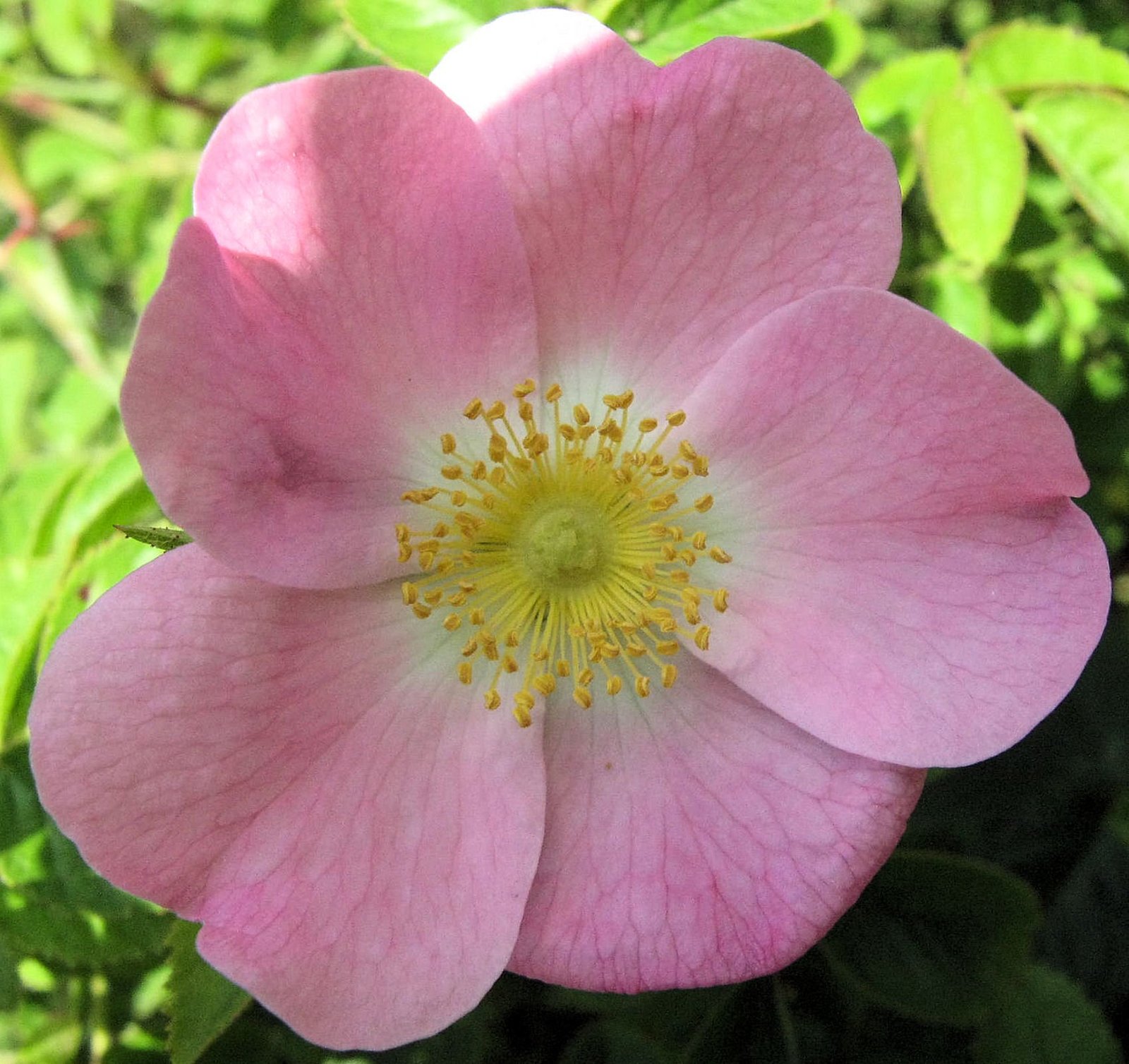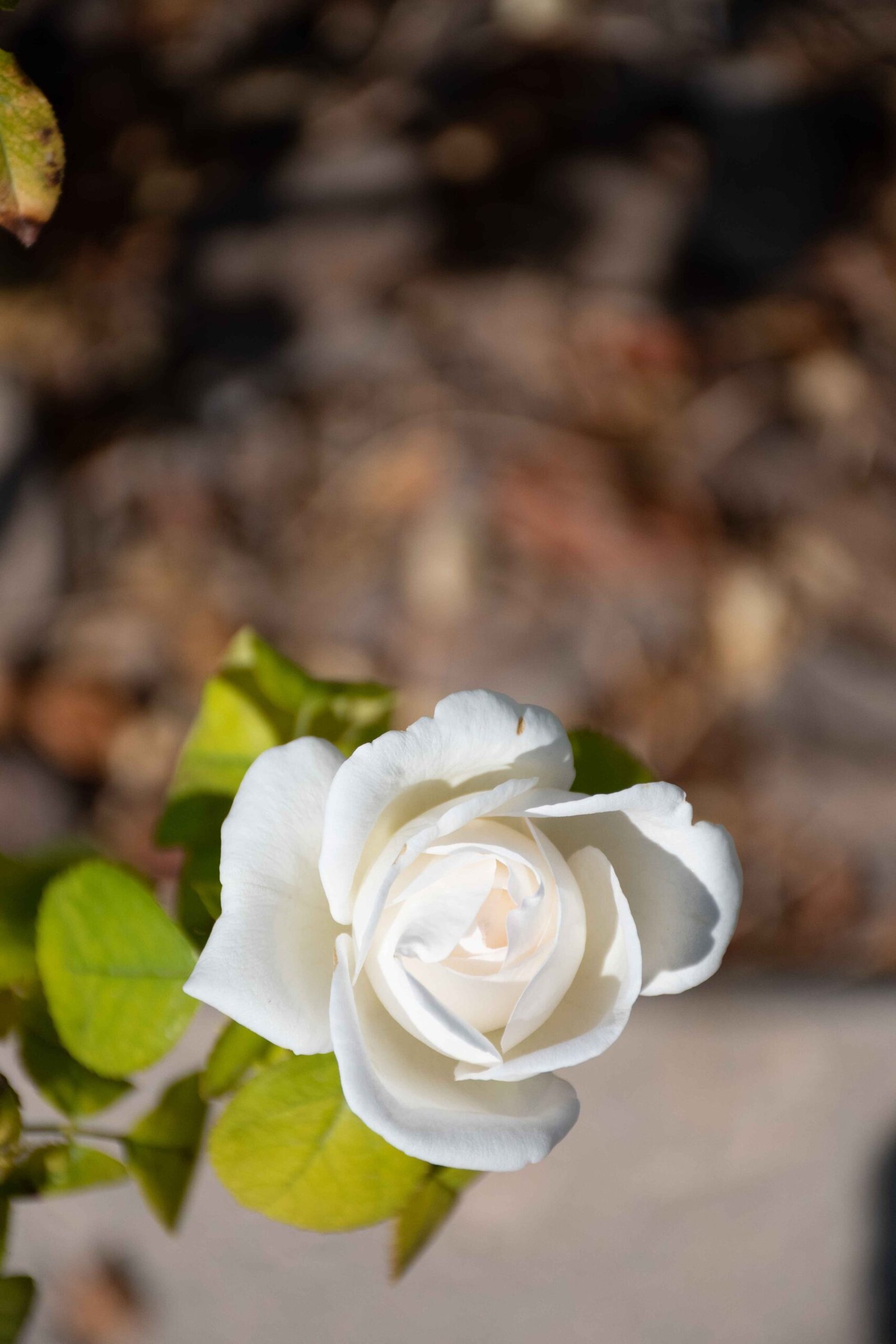Are Roses Good for the Environment?

 , licensed under CC BY-SA 2.0
, licensed under CC BY-SA 2.0Roses are a popular choice for many occasions, from romantic gestures to decorative displays. However, the environmental impact of rose cultivation is a growing concern. In this article, we’ll explore the various ways in which rose production can affect the environment and discuss sustainable practices that can help mitigate these issues.
What is the Carbon Footprint of Rose Cultivation?

The cultivation and transportation of roses have a significant carbon footprint. Roses grown in countries like Kenya and transported to markets in the UK or the US can generate substantial CO2 emissions. A study found that 12,000 rose stems from Kenya resulted in 2,200 kg of CO2 emissions, while the same quantity from the Netherlands yielded 36,000 kg of CO2. Additionally, the transportation of Valentine’s Day flowers from Colombian farms to the US in 2018 generated around 360,000 metric tons of CO2 emissions, equivalent to the emissions from 78,000 cars driven for a year.
How Much Water Do Roses Consume?
Rose cultivation is a water-intensive process. A single rose can have a water footprint of around 7 to 13 liters. In Kenya, the floriculture industry accounts for a significant portion of the country’s virtual water exports, with flower farms around Lake Naivasha using a substantial amount of water, contributing to water shortages in the area.
How Do Roses Affect Soil Health?
The use of chemical fertilizers and pesticides in conventional rose farming can harm soil health. These chemicals can leave residues on the roses and leach into the ground, contaminating water sources and affecting the overall health of the soil. In contrast, sustainable practices that use natural fertilizers and composting help improve soil health and reduce environmental harm.
How Do Roses Impact Biodiversity and Local Ecosystems?
Rose cultivation can have negative effects on local ecosystems and pollinators. The use of pesticides and insecticides in rose farms can lead to an “insect apocalypse,” harming beneficial bugs such as bees and butterflies. Additionally, the large-scale cultivation of roses for export can reduce land availability for food crops, impacting local food security and biodiversity.
What Are the Sustainable Practices in Rose Farming?
Sustainable rose farming involves using environmentally friendly, socially responsible, and economically viable methods. This includes using natural pest control methods like releasing beneficial insects or companion planting, instead of chemical pesticides. Organic farming practices also emphasize water conservation through methods like drip irrigation and the use of natural fertilizers and composting.
How Can Sustainable Rose Farming Benefit the Economy?
Implementing sustainable practices in rose farming can be economically beneficial. While there may be initial costs associated with transitioning to sustainable methods, these practices can help farmers differentiate themselves, attract environmentally conscious consumers, and potentially increase their customer base. Sustainable farming also reduces long-term environmental costs and can improve the overall health and productivity of the farm.
Conclusion
While roses are a beloved symbol of love and beauty, their cultivation can have significant environmental impacts. By adopting sustainable practices, rose growers can reduce their carbon footprint, conserve water, improve soil health, and protect local ecosystems. Consumers can also play a role by supporting eco-friendly rose producers and choosing locally grown, seasonal flowers. By working together, we can ensure that the beauty of roses is not overshadowed by their environmental cost.
Reference:
[1] The Environmental Impact of Cut Flowers by Dominican Sisters of Peace: [The Environmental Impact of Cut Flowers | Dominican Sisters of Peace]
[2] Roses are Red, not Green by Sustainability for Students: [Roses are Red, not Green – Sustainability for Students]
[3] Roses are dead, lovers are blue – How climate change is threatening the Valentine’s Day rose by Christian Aid: [Roses are dead, lovers are blue – How climate change is threatening the Valentine’s Day rose]
